Bonsai Logo Trend Predictions For 2016
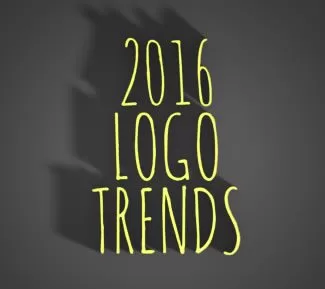
It’s the beginning of another year, and we’ve been thinking about the ways the design world has continued to adapt and change over the last twelve months. Our viewing habits continue to shift from desktop to handheld devices and we’re increasingly viewing information in a setting full of distractions and time-limits. Iconography is playing a […]
Logo trends for 2015
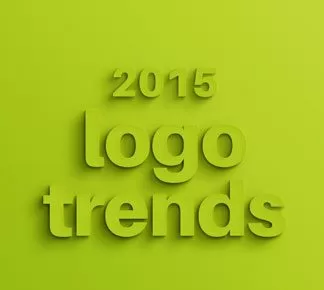
With 2015 well underway, the team here at Bonsai Media thought it was about time to share with you all what we believe the next 12 months will hold for logo design, highlighting some of the trends and tendencies we expect to see over the coming year. Some of these trends are based on what […]
how much does an ecommerce site cost?
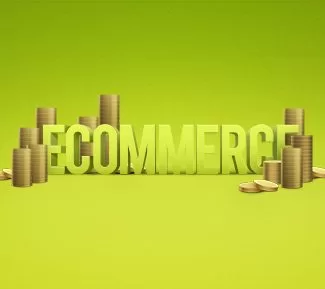
With online sales tipped to hit $370 billion by 2017, it’s not surprising that these days, everyone wants a slice of the ecommerce pie: not only is it big bucks, it’s cost effective, it is light on human resources, and a good online shop exponentially widens the reach of your business. But without a good […]
So what’s all this about responsive websites?
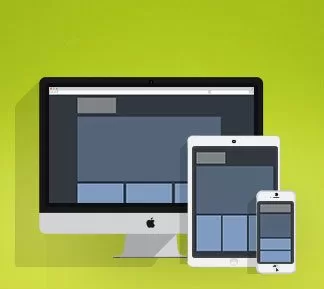
Unsurprisingly, responsive design is exactly what it sounds like: a branch of web design that recognises and responds to the specifications (such as size) of the computer, tablet or smart phone on which it is being viewed so that it’s always seen at an optimal state. The need for responsive design has been there for […]
Consumers & the E-commerce Checkout
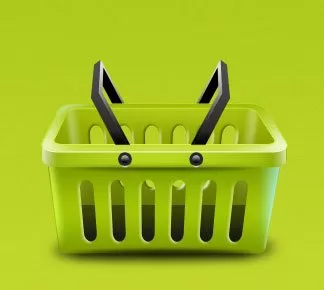
Consumer Psychology and the E-Commerce Checkout – An infographic by the team at vouchercloud
Colour Trends 2014
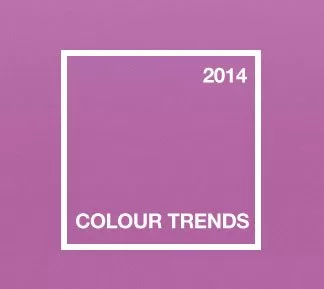
Every season brings with it a swag of new colour schemes that capture the imagination of both the design world and their consumers. This year will be no exception with new colour pairings and rediscovered classics through print design, website design, logo design and even fashion or interior design. Well we should start off with […]
Design Trends 2014
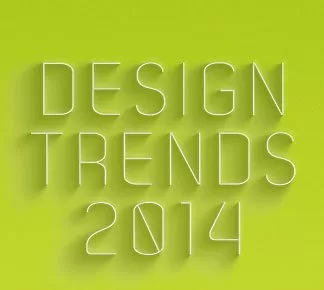
This year, our designers agree, it all boils down to one overarching movement – refinement and simplicity. Simplicity will be king this year. After the heavy use of textures, gradients and mulit-colours though out 2013, we believe the way forward is going to see a lot of logos stripped back to their most basic elements. […]
Design Trends 2013
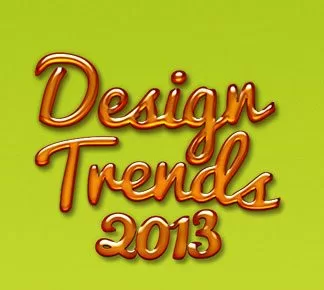
Here’s a look back at trends that have influenced logo design over the last twelve months. These trends have a range of different impetus. Some come from technical or cultural changes in the industry, others can be seen as the aesthetic zeitgeist of the moment. With some of these trends, it’s important to consider why […]
Logo design goes for gold (but finishes last).

When the Port Macquarie News did an article on local hero James Magnussen, one of their graphic designers wanted to use the distinctive London 2012 logo on their front page, so they apparently did a quick internet search for the logo. Unfortunately, someone out there had done a bit of social commentary to show what […]
eCommerce website trends
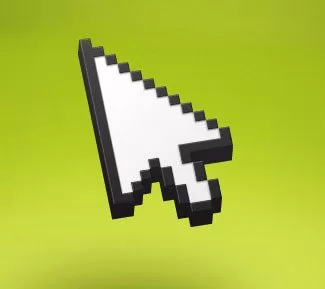
In the ever-changing world of ecommerce, it’s important to continually evaluate your online offering so you remain relevant to your customers. Part of that means staying ahead of the latest trends. So to help you do just that, your friends at Bonsai Media have put together a 5 minute overview of this year’s main ecommerce […]
